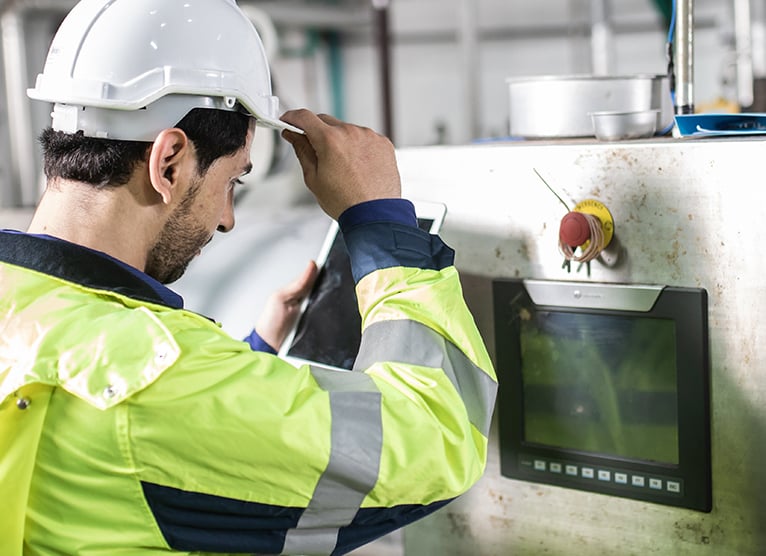
Having your material processing equipment installed correctly the first time doesn’t happen by chance.
It requires diligent planning and a thorough understanding of how the equipment works within a specific application if you want to avoid the expense of installation delays, unintended construction and extended downtime.
Over the years, Kason’s field service technicians have been involved in hundreds of installations on equipment ranging from centrifugal sifters and screeners to fluid beds and cone mills. Some we’ve presided over directly, while others required us to address someone else’s errors.
Luckily, installation mistakes are easily preventable. That is, if you know what to watch out for before you get started. To ensure your next equipment install goes smoothly, here are three of the most common mistakes we’ve seen (so you can learn to avoid them).
1. The space isn’t ready for installation.
Can the equipment be moved safely from the delivery truck to its end destination in the plant? Does your facility have enough clearance? Is the floor that your equipment will sit on level?
We’ve encountered situations where entire walls had to be demolished, floors have had to be re-shimmed and electrical outlets had to be re-wired on the fly. These types of last-minute scope changes can get pricy quickly and push back your go-to-launch date.
2. The installer has limited equipment knowledge.
This should go without saying, but having work done by people who don’t fully understand how your equipment works might not be the best way to save money.
We’ve been called on several occasions to fix burned out motors, simply because the installer or equipment operator was not aware of the maximum allowed run time. We’ve also repeatedly been called to fix equipment that had a screen installed up-side-down, negatively impacting performance and product quality.
To avoid these types of problems, the equipment manufacturer should be on-site to provide startup assistance. That way, you can be sure your contractor or a member of your staff is taking the right precautions.
3. The other equipment in your line wasn’t taken into consideration.
Aligning your machine with the flow rate tolerances of other equipment in your line is critical. Unfortunately, the speed that material is being conveyed is another area that is often overlooked.
For example, you may remember to calculate the average flow rate, but forget to consider fluctuations in demand, which could cause flow rates to spike at different times. Not taking these extremes into account could put you at risk of burning up the motor and damaging your machine much faster than normal.
While it can be tempting for customers to take on the responsibilities of a installing a centri-sifter or fluid bed by themselves, it is often not worth the risk. By having a knowledgeable technician on-site, you can prevent the unintended consequences that can arise during an install and negatively impact your bottom line.
Want more education on servicing your processing equipment?
Check out these resources:
Read related articles:
“4 Screener and Sifter Parts that Will Save You in an Emergency”
“5 Questions to Ask Before Ordering Processing Equipment Parts”

